Updates
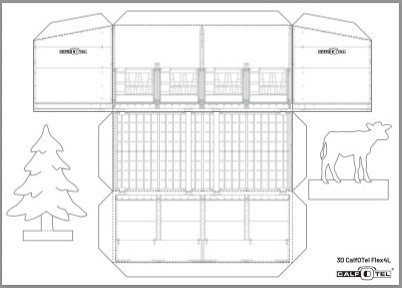
Christmas Contest for All Young Crafters!
Build your own Christmas CalfOTel Flex Calf housing and win a personalized calf bodywarmer!
Read more
Protect young calves from the cold
Protect young calves from the cold – prevent growth loss this winter. Winter is approaching, which means extra attention for young calves. Newborn calves have little fat reserve and cannot yet regulate their body temperature effectively. When temperatures drop below about 15°C, a young calf must use additional energy to stay warm.
Read more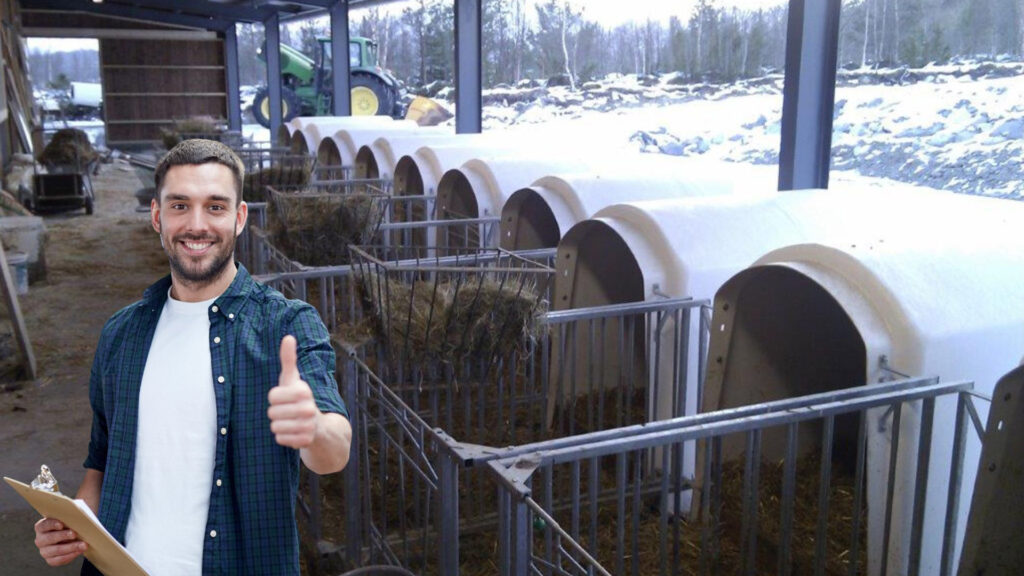
Wintercheck for young calves
CALF CHECK – WINTER EDITION
(Print and hang in the calving pen or calf housing)
Read more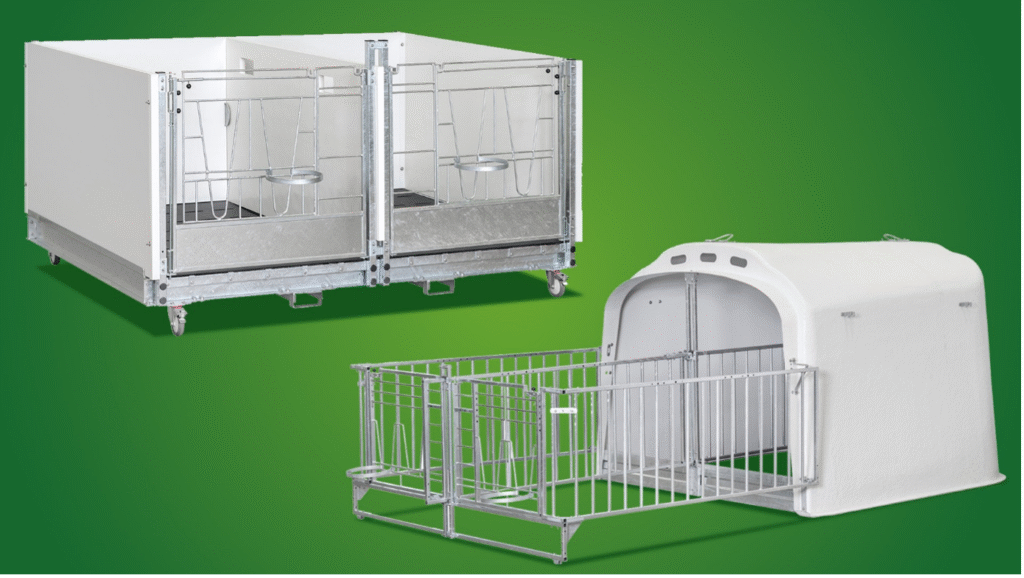
A new generation of calf housing
CalfOTel introduces two innovative solutions for future-proof calf housing
Read more
Fly control
Prevent Nuisance and Protect Your Calves
In July, flies are everywhere. For young calves, flies are not just annoying—they pose a real risk. They can spread disease, cause stress, and hinder growth. In warmer months, flies reproduce rapidly—one fly can produce up to 500 new flies in a single month.
Read more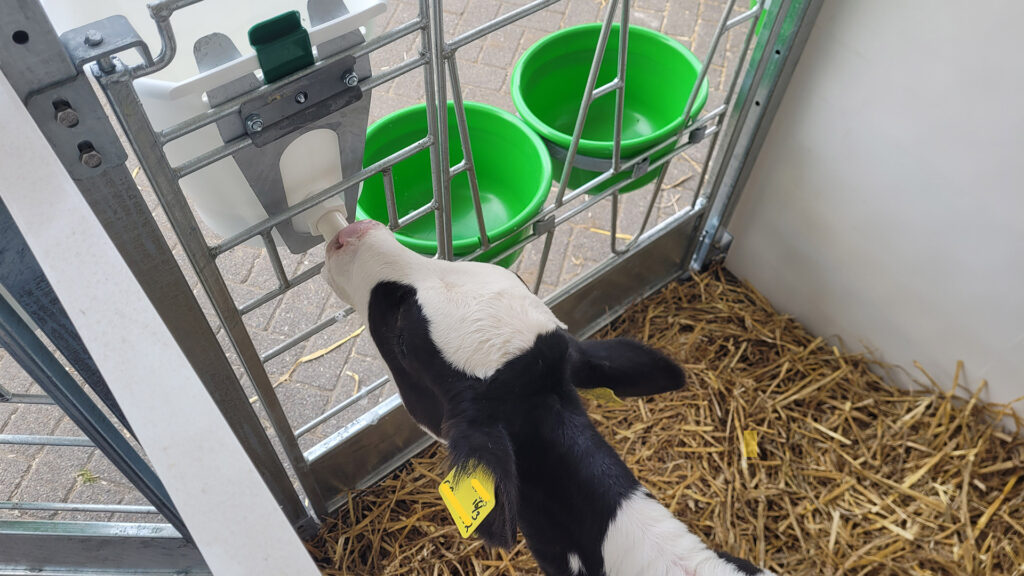
Tips about teats
The teat you choose affects how the calf drinks. This influences:
- How much milk the calf takes in
- How much saliva the calf produces
- How calmly the calf drinks
- Hygiene around milk feeding
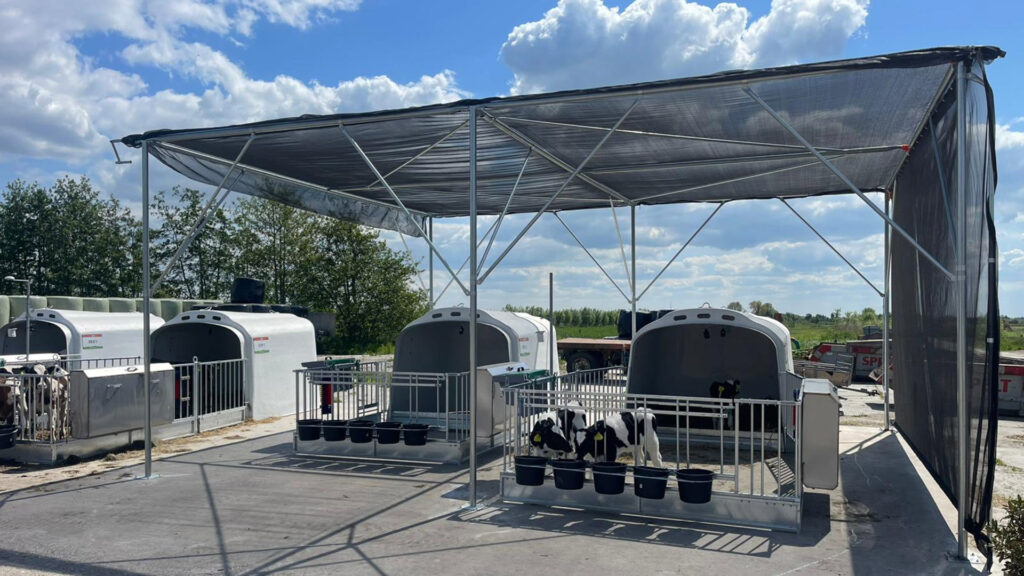
Summer on the farm? Watch out for heat stress in your calves!
The sun is shining, the grass is growing, the temperature is rising, and summer is in the air. However, for calves, the summer sun can quickly become too much. Heat stress is a real risk, and it's something you want to avoid for your calf’s well-being and your own peace of mind.
Read more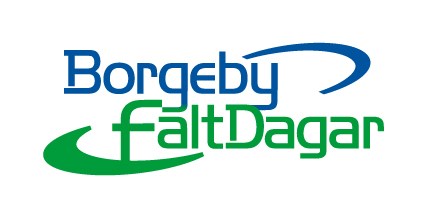
Kom och besök oss på Borgeby Fältdagar den 25-26 juni 2025. Ni hittar oss i monter L45.
CalfOtel will participate in the Borgeby Fältdagar in Bjärred, Sweden from 25-26 June 2025 in collaboration with Gardsservice Syd.
CalfOTel kommer att delta i Borgeby Fältdagar i Bjärred, Sverige, den 25-26 juni 2025 i samarbete med Gårdsservice Syd.
Read more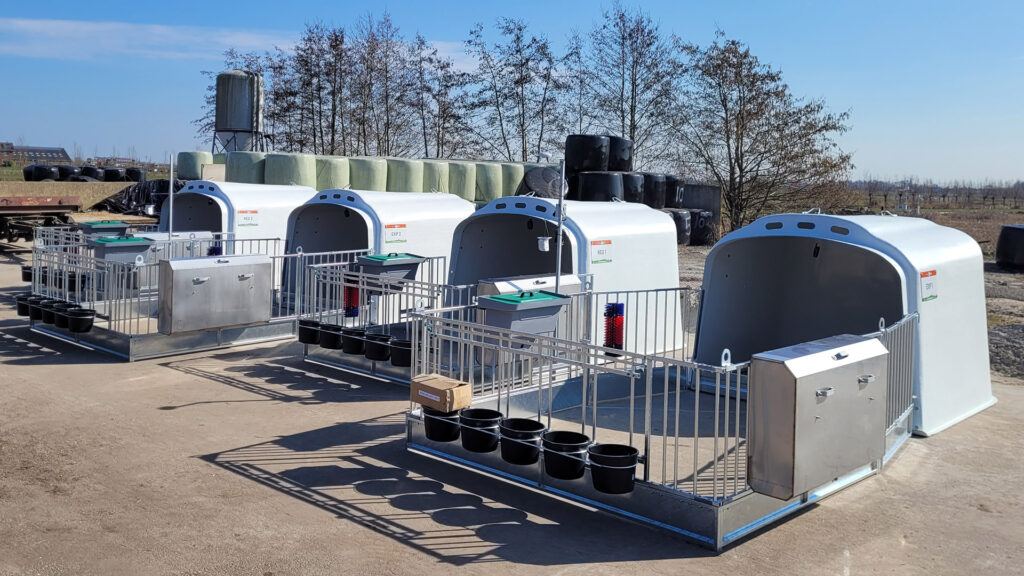
CalfOTel and KTC Zegveld Launch Research on Calf Housing
CalfOTel and the Kennis Transfer Center Zegveld (KTC Zegveld) are joining forces to conduct research into optimal calf housing. Over a period of one year, two aspects will be investigated.
Read more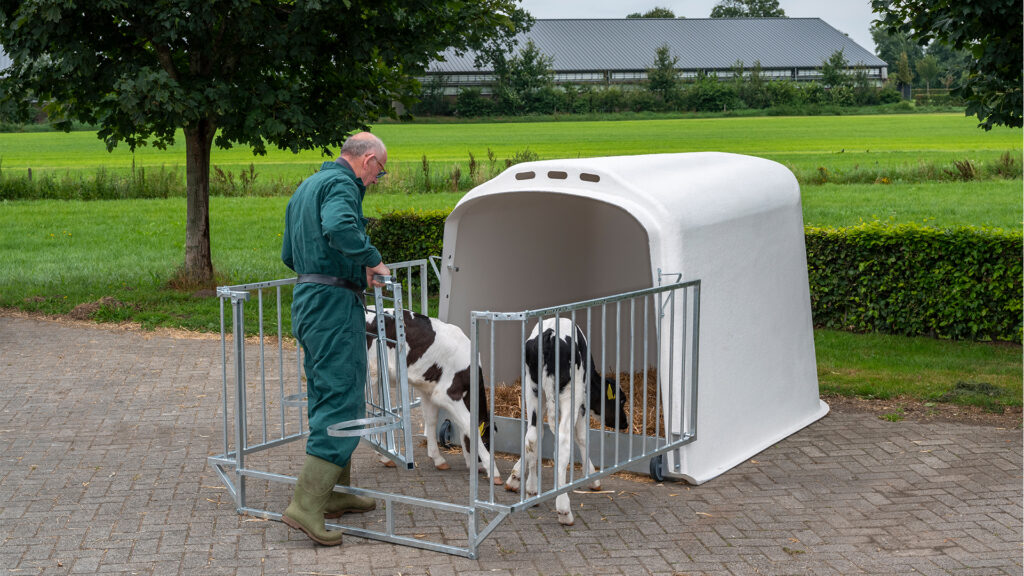
Duo housing: the outcome for calf rearing
Cows are herd animals and feel comfortable in company. Yet in practice, calves are often 'isolated' in the first weeks of life to keep them healthy and prevent infections. Duo housing is currently on the rise: keeping and rearing calves in pairs. The advantages are crystal clear; better for animal welfare, it is more sustainable and better for vitality and feed intake. Knowing that it costs about € 2,000 for a cow to milk, a higher feed intake is pure profit. Dairy farmers are enthusiastic about duo housing. That is why the specialists at CalfOTel® have developed the XL-2 this fall. A large and comfortable housing for two calves.
Read more


